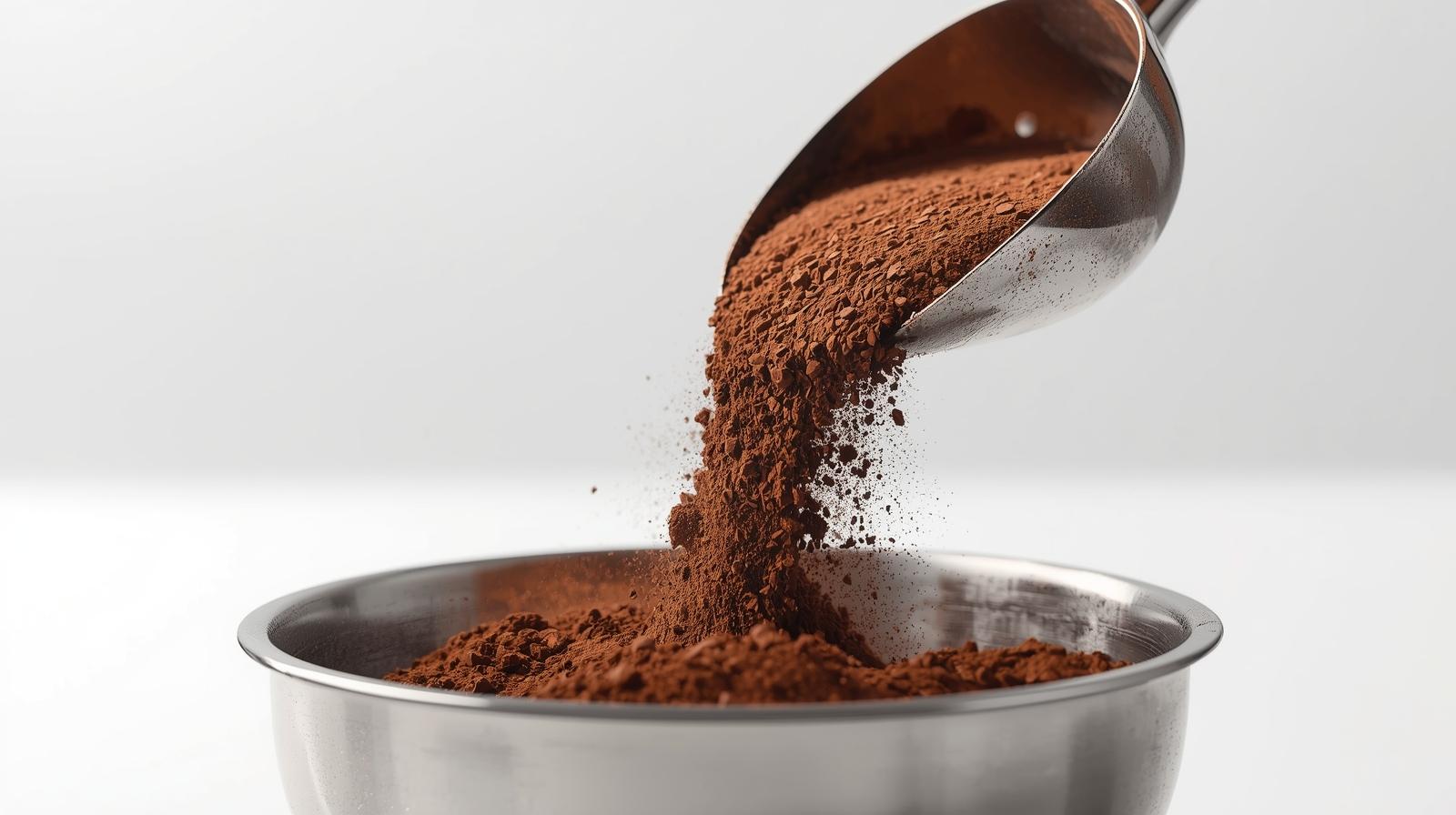
If you formulate chocolate beverages, cookies, cereals, or ice-cream, choosing the right alkalized (Dutch-process) cocoa powder is one of the fastest ways to control color, taste, and functionality. “Dutching” is a mild alkalization step that neutralizes some natural acidity in cocoa, shifting pH from ~6.8 to 8.2 (grade-dependent), smoothing flavor while deepening color. For R&D teams and buyers, understanding grades, pH windows, and fat classes will help you lock a spec that scales.
Flavor: Reduced acidity = rounder, less sharp chocolate notes—ideal for RTD chocolate milk, ice-cream bases, and premium hot chocolate mixes.
Color: Higher alkalization generally means darker L*a*b* values—key for dark cookies, wafer coatings, and cocoa-forward cereals.
Functionality: Dutch cocoa is more compatible with neutral/alkaline leavening (e.g., baking powder systems) than natural cocoa, which suits baking soda systems.
Manufacturers (including ZenCocoa) classify alkalized powders by shade and pH. Below is a practical buyer’s view—always confirm with a current CoA:
Brown (pH ~6.8–7.2): Smooth taste with warm brown hue. Versatile for beverages, muffins, loaf cakes, and compound chocolate drinks.
Dark Brown (pH ~7.2–7.6): Deeper tone and slightly more mellow flavor—popular in ice-cream, brownies, sandwich cookies.
Very Dark Brown (pH ~7.6–7.9): Strong color impact at modest dosages; great for premium cookies, wafers, and chocolate granola.
Black / Ultra-Alkalized (pH ~7.9–8.2): Near-black shade for iconic dark cookies and visual contrast in dairy or bakery inclusions.
Fat classes also matter:
10–12% fat (low-fat): Better dispersibility, lower cost-in-use—excellent for beverages and general bakery.
20–22% fat (high-fat): Fuller mouthfeel, improved flavor carry—preferred for ice-cream, indulgent drinks, fillings, and ganache-style applications.
Define the end-use: Beverage vs bakery vs dairy calls for different fat and pH combinations.
Set a target color & pH: Request L*a*b* color data and pH from your supplier. Matching these two parameters speeds up qualification.
Check leavening compatibility: When replacing natural cocoa in cakes, adjust leavening because alkalized cocoa changes batter acidity.
Validate dispersion & particle size: For instant mixes and RTD lines, ask for a dispersibility test and 200-mesh fineness data.
Run side-by-side trials: Evaluate dosage vs color curve. Very Dark/Black often achieve your target shade at lower inclusion, improving cost-in-use.
CoA per batch: pH, moisture, fat, ash, fineness, microbiology, and heavy metals summary.
Food-safety system evidence: ISO-aligned controls, Halal certification, allergen and GMO statements.
Packaging & handling: Standard 25 kg paper bags with inner PE liner, pallet pattern for safe containerization, date coding, and moisture guidance.
Regulatory docs for export: HS Code 1805, product data sheet (PDS), and origin/health certificates as required.
Beverages (instant/R&D): Choose 10–12% fat, Brown/Dark Brown with good wetting. Combine with lecithination or appropriate shear to reduce clumping.
Cookies & Wafers: Very Dark/Black provide iconic deep hues and mask Maillard variability. Opt for pH ≥7.6 for consistent color post-bake.
Ice-Cream & Dairy: 20–22% fat, Dark or Very Dark enhances creaminess and chocolate perception; adjust sugar and stabilizers accordingly.
Breakfast & Snacks: For cereals and granola, consider Dark Brown (10–12% fat) to balance color and crispness without oiling-out.
Tell us your application, target shade, pH window, and fat class. We’ll provide a focused sample set (e.g., Dark vs Very Dark), L*a*b* and pH data, plus a fresh CoA. With agreed specs, we ship in 25 kg bags via FOB Jakarta/Surabaya or CIF to your port, typical lead time 2–3 weeks depending on slot availability. The result: stable quality, honest specifications, and dependable supply for long-run production.
Share This News